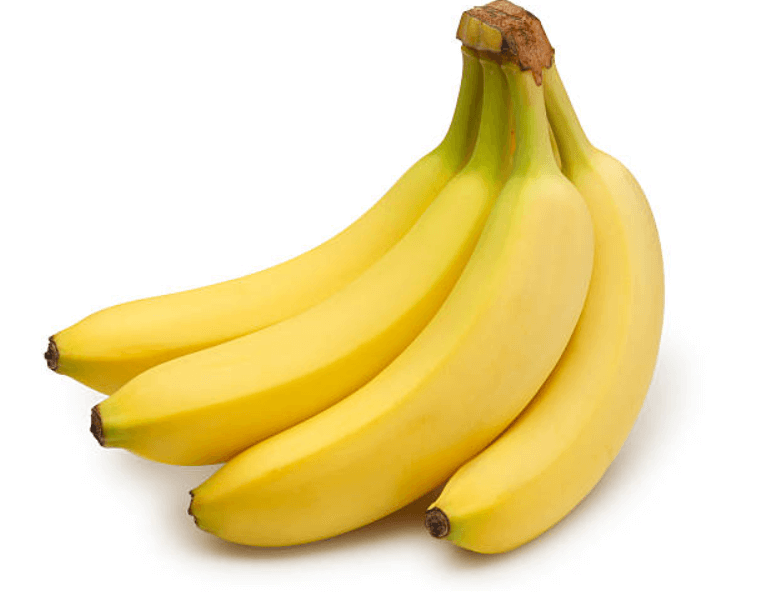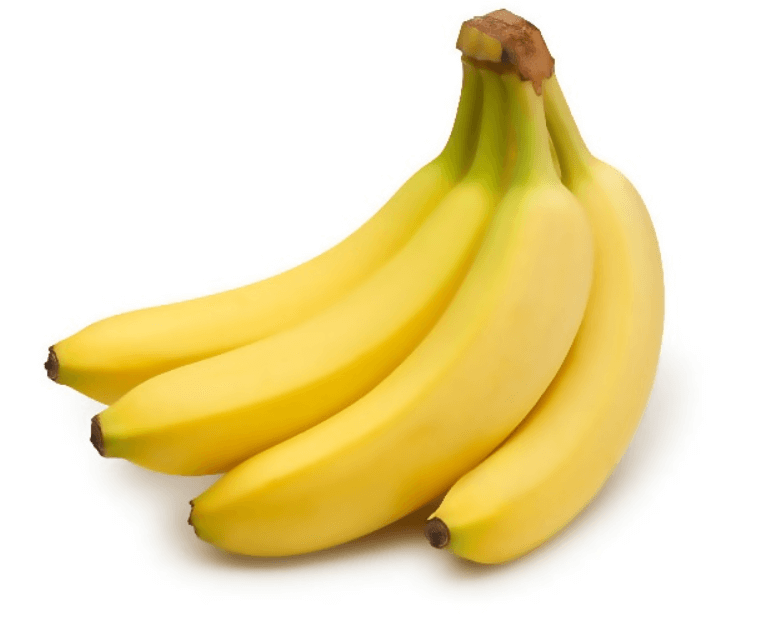Bilateral Filtering Using Python
Image filtering is an essential idea in photograph processing, geared toward enhancing or enhancing photos via numerous techniques. One of the most flexible and widely used filtering strategies is bilateral filtering. This technique no longer preserves edges and high-quality information in images however additionally reduces noise correctly. In this text, we're going to delve into the arena of bilateral filtering using Python, exploring its ideas, benefits, and implementation.
Bilateral filtering is a non-linear, side-maintaining, and noise-lowering photograph filtering technique. It considers both spatial proximity and intensity similarity among pixels whilst acting filtering operations. This makes it especially beneficial for responsibilities inclusive of picture denoising, area upkeep, and tone mapping.
How Bilateral Filtering Works
Bilateral filtering entails two foremost additives:
- Spatial Domain: It considers neighboring pixels inside a described spatial radius. The nearer the pixels are, the more have an impact on they have got on each different at some point of the filtering process.
- Range Domain: It takes under consideration the depth similarity among pixels. Pixels with comparable depth values contribute greater to the filtering system.
The simple concept is to replace the valuable pixel's depth value with a weighted average of intensities from neighboring pixels. The weights are decided by way of both spatial and variety domains. Pixels which might be both spatially near and have comparable intensity values get hold of better weights, preserving edges and systems.
Code:
Here's a breakdown of every element:
- Import the OpenCV library.
- Replace 'input_image.jpg' with the actual path to your input image.
- Make sure you have OpenCV installed ('pip install opencv-python').
- Load the photograph using the Imread() function and shop it inside the variable image.
- Apply bilateral filtering using the BilateralFilter() characteristic. The parameters 'd', sigmaColor, and sigmaSpace control the filtering process.
- Save the filtered image in separate image file by using imwrite() characteristic.
Input:

Output:

Remember to update 'input_image.jpg' with the actual path to your input image. The code will display the unique and filtered photos in separate home windows.
Advantages of Bilateral Filtering:
- Edge Preservation: One of the maximum big advantages of bilateral filtering is its ability to preserve edges and fine information in pics. Unlike traditional linear filters that could blur edges, bilateral filtering considers both spatial and depth statistics, allowing it to preserve sharp transitions.
- Customizable Parameters: Bilateral filtering permits for parameter customization. You can adjust the spatial and range domains based totally on the characteristics of the photo and the favored filtering final results. This flexibility presents greater manipulation over the filtering technique.
- Noise Reduction: Bilateral filtering successfully reduces numerous styles of noise, including salt-and-pepper noise and Gaussian noise, even as maintaining image exceptionality. This makes it especially useful in packages where noise discount is vital, which includes clinical imaging and photography.
- Versatility: Bilateral filtering is flexible and may be carried out to numerous image processing tasks, inclusive of photo smoothing, polishing, and element enhancement. It's also beneficial in obligations like tone mapping and stylization.
- Non-Linear Filtering: Bilateral filtering is a non-linear filtering technique. This way it is able to handle a wide variety of image systems, including those with complex textures and patterns, without inflicting unwanted effects like blurring.
- Real-Time Processing: While bilateral filtering is computationally more intensive than some linear filters, it is nevertheless able to be carried out in real-time for lots of realistic applications. This makes it suitable for responsibilities requiring instant effects, such as video processing and real-time computer imaginative and prescient.
Disadvantages of Bilateral Filtering:
- Parameter Sensitivity: The effectiveness of bilateral filtering may be touchy to the selection of parameters, such as the spatial and range domain names. Selecting inappropriate parameters might also lead to unwanted effects, which include over-smoothing or insufficient noise reduction.
- Computationally Intensive: Bilateral filtering involves calculations for each spatial and range domains, which may be computationally intensive, specifically for big pictures or when applied repeatedly. This can affect actual-time overall performance in some instances.
- Trade-off Between Noise and Edges: While bilateral filtering pursuits to strike a balance between noise discount and aspect renovation, there's nevertheless a change-off. In some cases, a very robust noise discount would possibly result in a mild lack of nice info.
- Limited Anisotropy Handling: Bilateral filtering's aspect-retaining residences are powerful for isotropic noise (noise that is similarly possibly in all directions). However, it might not carry out as well in instances of anisotropic noise, in which noise has a desired course.
- Not Ideal for All Images: While bilateral filtering is robust, it could now not continually be the first-rate preference for all photographs or applications. Images with very diffused textures or structures won't benefit drastically from bilateral filtering and might even exhibit unwanted smoothing.
- Artifact Generation: Bilateral filtering can generate halos or artifacts around strong edges, in particular whilst the depth transition across an aspect is steep. This phenomenon can be more suggested when using big filtering windows.
|


 For Videos Join Our Youtube Channel: Join Now
For Videos Join Our Youtube Channel: Join Now










